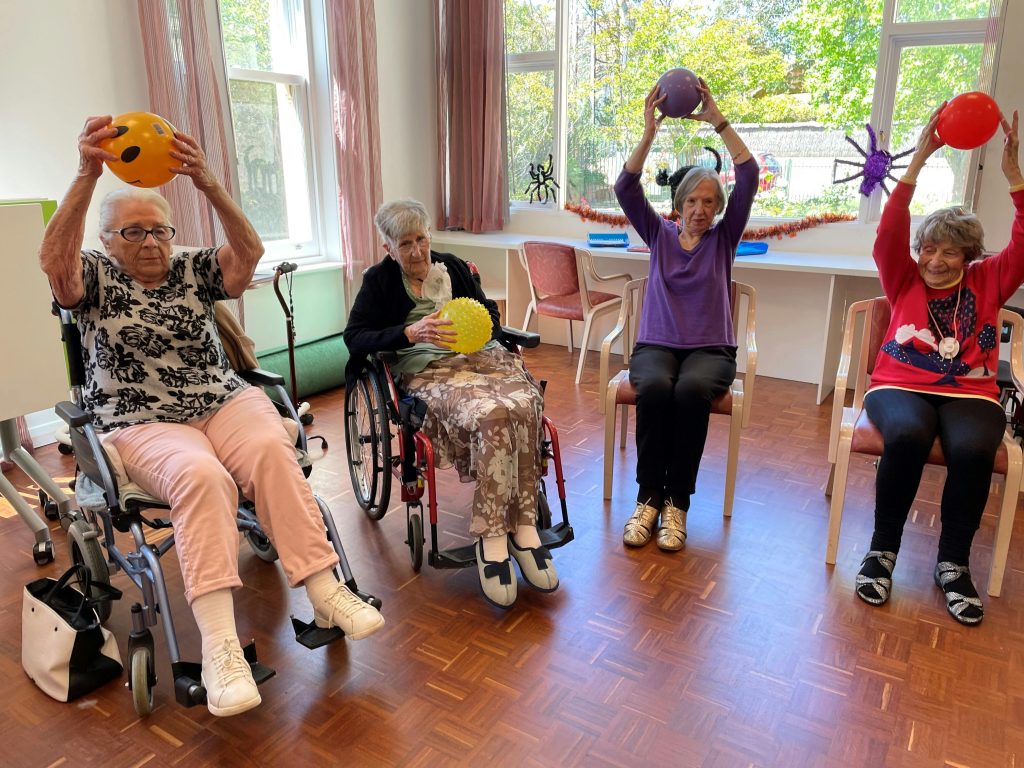Google Ads stands as a powerful tool for assisted living facilities to attract prospective residents and their families. However, achieving success with Google Ads requires more than just creating campaigns—it necessitates a strategic approach to optimization.
I. Understanding the Landscape
A. The Importance of Google Ads for Assisted Living Facilities
Google Ads, formerly known as Google AdWords, offers assisted living facilities unparalleled access to a vast audience actively searching for senior care services. Consider the following:
- Targeted Reach: Google Ads allows facilities to reach potential residents and their families precisely when they are actively seeking information about assisted living options.
- Cost-Effective Advertising: With flexible budgeting options and pay-per-click (PPC) pricing, Google Ads provides a cost-effective means of advertising compared to traditional methods.
- Measurable Results: Detailed analytics and tracking tools enable facilities to measure the performance of their campaigns and make data-driven optimizations.
II. Crafting Compelling Ad Campaigns
A. Keyword Research and Selection
Targeted Keywords
Identify relevant keywords that align with the services and offerings of your assisted living facility. Utilize a mix of broad and long-tail keywords to capture various stages of the buyer’s journey. Consider:
- Assisted Living Keywords: “assisted living facilities,” “senior care services,” “retirement communities.”
- Location-Based Keywords: “assisted living in [city],” “memory care facility near me,” “senior living community in [state].”
- Long-Tail Keywords: “luxury assisted living facilities,” “pet-friendly senior care,” “memory care for Alzheimer’s patients.”
B. Compelling Ad Copy and Messaging
Craft engaging ad copy that resonates with your target audience and highlights the unique value proposition of your assisted living facility. Consider:
- Clear Value Proposition: Clearly communicate what sets your facility apart from competitors, whether it’s personalized care, state-of-the-art amenities, or compassionate staff.
- Call-to-Action (CTA): Encourage action with compelling CTAs such as “Schedule a Tour,” “Learn More,” or “Contact Us Today.”
- Ad Extensions: Enhance your ads with extensions like sitelinks, callouts, and location extensions to provide additional information and increase visibility.
III. Optimizing Campaign Settings
A. Geographic Targeting
Targeted Locations
Specify the geographic areas you wish to target with your Google Ads campaigns. Consider:
- Local Targeting: Target specific cities, zip codes, or radius around your facility to reach potential residents in your vicinity.
- Exclusion Settings: Exclude irrelevant locations to focus your budget on areas with higher potential for conversions.
B. Ad Scheduling
Strategic Timing
Optimize your ad scheduling to ensure maximum visibility during peak times when potential residents are most likely to be searching. Consider:
- Dayparting: Adjust bid adjustments based on the time of day when your ads perform best.
- Weekday vs. Weekend: Determine whether your target audience is more active on weekdays or weekends and adjust bidding accordingly.
IV. Enhancing Landing Pages
A. Design and User Experience
Landing Page Optimization
Optimize your landing pages to provide a seamless and compelling user experience for visitors. Consider:
- Relevance: Ensure landing pages align with the ad content and provide the information visitors expect.
- Mobile-Friendliness: Design responsive landing pages that are optimized for mobile devices to accommodate users browsing on smartphones and tablets.
- Clear Calls-to-Action: Guide visitors towards desired actions with prominent and persuasive CTAs.
B. Conversion Tracking
Measuring Success
Implement conversion tracking to monitor the effectiveness of your Google Ads campaigns in driving desired actions, such as form submissions, phone calls, or tour bookings. Consider:
- Conversion Tracking Setup: Utilize Google Analytics or Google Ads conversion tracking tools to track conversions accurately.
- Goal Setting: Define specific goals and actions you want visitors to take on your landing pages, and set up corresponding conversion tracking metrics.
V. Continuous Monitoring and Optimization
A. Performance Analysis
Data-Driven Decisions
Regularly analyze the performance of your Google Ads campaigns to identify areas for improvement and optimization. Consider:
- Key Performance Indicators (KPIs): Monitor metrics such as click-through rate (CTR), conversion rate, cost-per-acquisition (CPA), and return on ad spend (ROAS).
- A/B Testing: Experiment with different ad variations, targeting options, and landing page designs to determine what resonates best with your audience.
B. Ongoing Optimization Strategies
Iterative Improvements
Implement iterative optimizations based on performance data to enhance the effectiveness of your Google Ads campaigns over time. Consider:
- Keyword Refinement: Continuously refine your keyword list based on performance and search trends.
- Ad Copy Testing: Test different ad copy variations to identify the most compelling messaging.
- Bid Adjustments: Adjust bidding strategies based on performance insights to maximize ROI.
VI. Conclusion
Optimizing Google Ads for assisted living facilities requires a strategic approach encompassing keyword research, compelling ad copy, campaign settings optimization, landing page enhancements, and continuous monitoring and optimization. By implementing the strategies outlined in this playbook and leveraging data-driven insights, assisted living facilities can maximize the effectiveness of their Google Ads campaigns, drive qualified traffic, and ultimately, attract more residents and their families to their communities. Stay focused on your goals, adapt to changes in the digital landscape, and continuously refine your approach to achieve long-term success in Google Ads advertising for assisted living.



